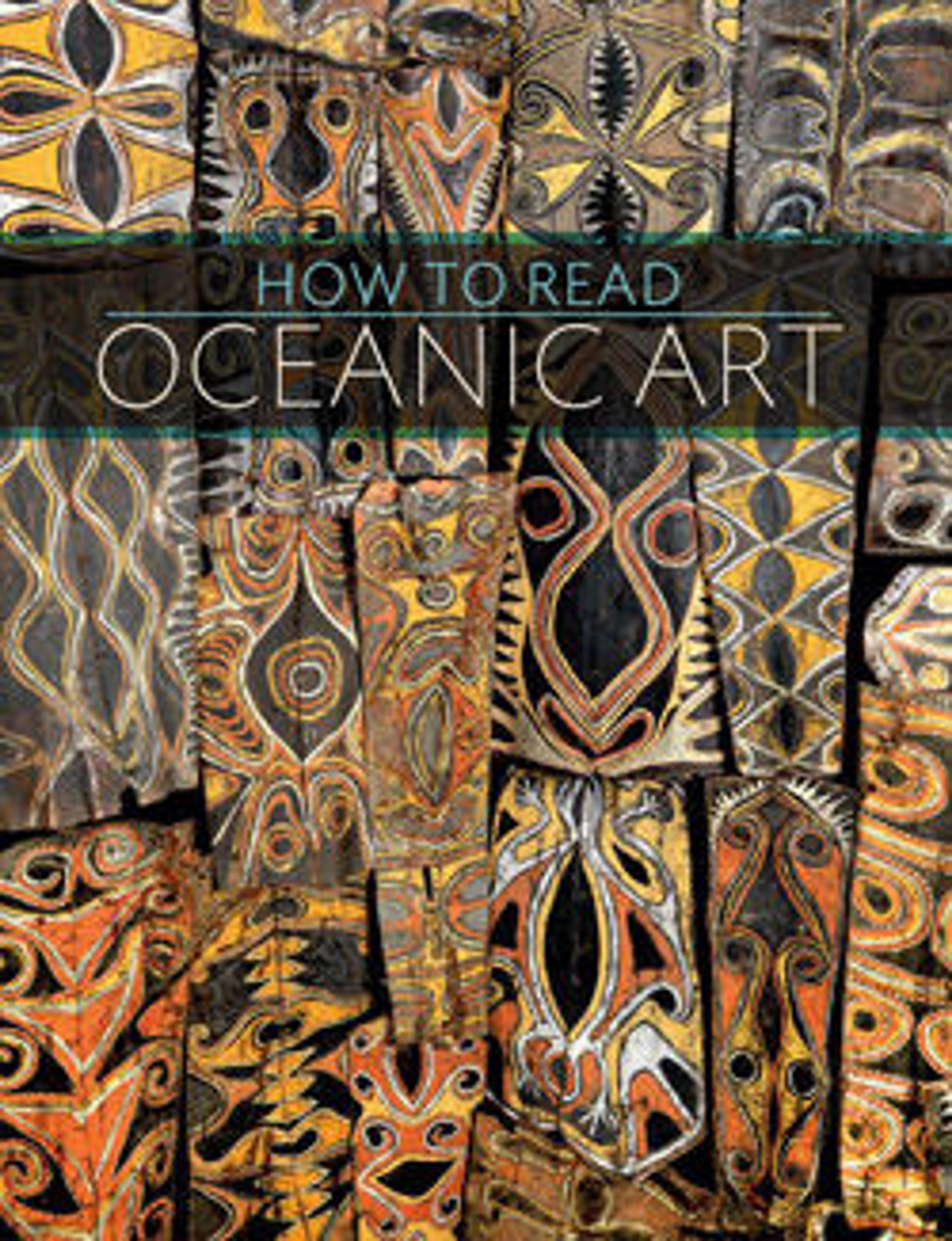Gulgul
Slit drums or gongs, hollow percussion instruments with a central resonating chamber whose only opening is a narrow slit the edges of which are struck to produce drum-like sounds, occur in a variety of forms in Island Southeast Asia. Smaller types, made from wood or bamboo, are frequently played as part of musical ensembles. By contrast, larger slit gongs, often made in pairs, such as these imposing examples from the Island of Madura, were predominantly used as signaling devices. Set up under a shelter in the village, they were sounded with wood beaters to announce important events. While some large slit gongs were suspended from lugs at the top, the pair seen here were probably freestanding. On Madura, large slit gongs were used to warn the community of natural disasters, crime, and other significant incidents. They were also reportedly rung, like Western church bells, to mark the passage of time. During the night the large gongs were sounded hourly and certain households would beat smaller slit gongs in response as part of a rotating system that kept watch over the village.
Like many Indonesian instruments, slit gongs are often ornately carved. These exampes depict naga, supernatural creatures that combine the features of dragons and snakes, together with floral and other motifs. Each of the nagas clasps a dog-like animal in its constricting coils, perhaps illustrating an episode from a local oral tradition or simply emphasizing the dangerous nature of these snake-like beings.
This instrument is part of a pair along with accession number 2009.430.
Like many Indonesian instruments, slit gongs are often ornately carved. These exampes depict naga, supernatural creatures that combine the features of dragons and snakes, together with floral and other motifs. Each of the nagas clasps a dog-like animal in its constricting coils, perhaps illustrating an episode from a local oral tradition or simply emphasizing the dangerous nature of these snake-like beings.
This instrument is part of a pair along with accession number 2009.430.
Artwork Details
- Title:Gulgul
- Date:early 20th century
- Geography:East Java, Indonesia
- Culture:Madurese
- Medium:wood
- Dimensions:Height: 72 1/16 in. (183 cm)
Diameter: 25 3/8 in. (64.5 cm)
Weight: 1728.23 oz. (49000 g) - Classification:Idiophone-Struck-slit drum
- Credit Line:Purchase, Amati Gifts, 2009
- Object Number:2009.431
- Curatorial Department: Musical Instruments
More Artwork
Research Resources
The Met provides unparalleled resources for research and welcomes an international community of students and scholars. The Met's Open Access API is where creators and researchers can connect to the The Met collection. Open Access data and public domain images are available for unrestricted commercial and noncommercial use without permission or fee.
To request images under copyright and other restrictions, please use this Image Request form.
Feedback
We continue to research and examine historical and cultural context for objects in The Met collection. If you have comments or questions about this object record, please contact us using the form below. The Museum looks forward to receiving your comments.
